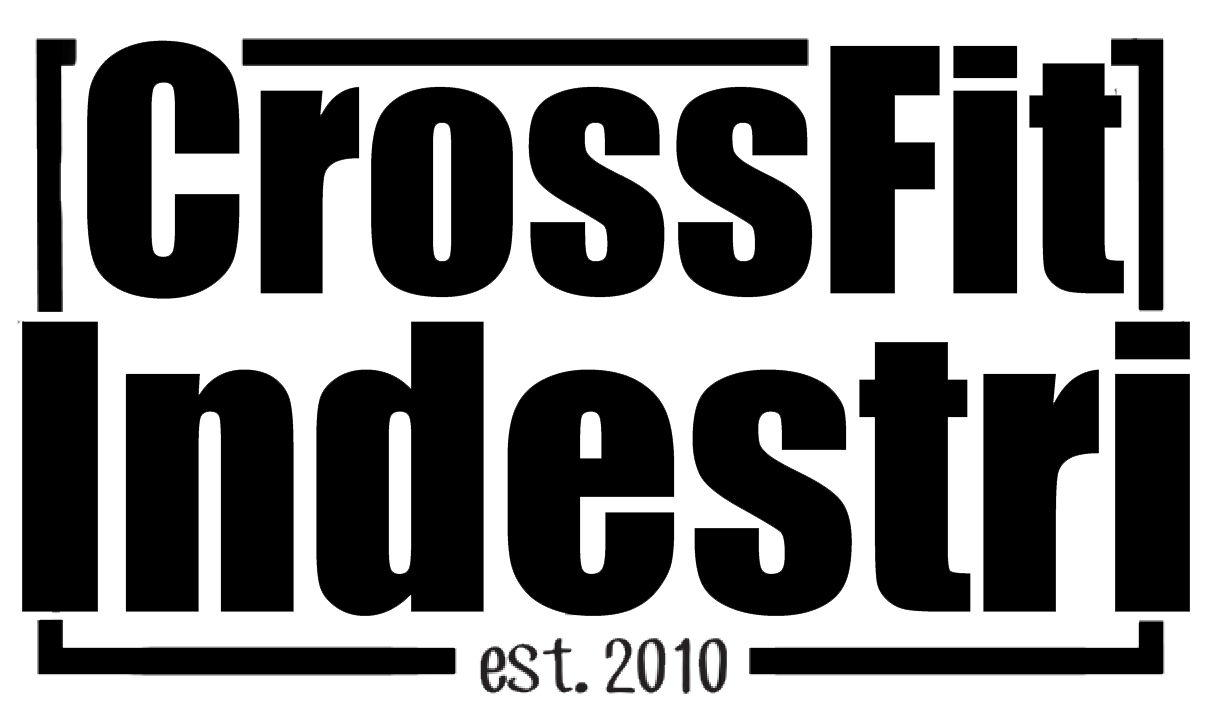Feet 101 - Thursday, April 28th, 2022
Feet 101
Taken from The Toe Spacer Website.
With 26 bones, 33 joints and over 100 muscles, tendons and joints, feet are an extraordinary puzzle. And when all the pieces support and fit properly, it leads to a healthy foundation to carry us through our day. Here's a quick explanation of the feet so you can see how important and complex they are when it comes to supporting the body.
The three main parts of the foot: the anklebones known as tarsals, the middle bones that are felt on the top of the feet are metatarsals, and the toe bones known as phalanges.
Tarsals: There are seven tarsal bones that fit together, with the biggest one being the heel known as the calcaneus.
Metatarsals: These are 5 long bones that connect your toes to your anklebones.
Phalanges: Fingers also have the same technical term and there are a total of 14 bones in each foot. The big toe has two and there are three bones in the rest.
The plantar fascia is shown in the below photo. It’s a thick fibrous band of connective tissues that is on the bottom of the foot and covers the area from the calcaneus (heel) all the way to the base of your toes. Along with other ligaments and tendons it supports the arches and acts as a shock absorber to when your run or jump.
Arch Support
The photo on the right shows there are several arches and the most visible is the one that runs from heel through the inner foot to the big toe. And there is one on the opposite side which runs from the outer side of your foot to the pinkie toe. There are also transverse arches that run horizontally from the outside to the inside.
Movement
Ankle: It moves in two directions. Plantar flexion is when you’re sitting with your legs out infront of you and you point your toes forward and down. And Dorsiflexion is when you unpoint your toes and your feet come back to normal position with toes pointing upwards. It’s basically your natural standing position.
Middle Foot: The metatarsal area allows for two movements which are supination and pronation. Or they can also be called inversion or eversion. This is when the weight of your body shifts from side to side and your feet hold the weight by turning in or out.
Toes: The toes can do four moves. They flex (bend) when you scrunch a towel or pick something up with your toes. They extend (straighten) this is when you go onto your tip toes. They abduct which is when you splay your toes out and they lastly aduct which is when you squeeze them together. Or when they’re unhappily squeezed into a narrow shoe!
Unfortunately, we don’t use our feet as much as we do our hands and fingers. And as a result, the strength in our toes becomes limited and as we get older, individual toe movements become weak and unable to do what it’s supposed to do. It’s like all the muscles become stagnant and stuck together which causes inflammation and pain.
Strong feet and toes lead to more muscle movement and stronger upward joints. Plus, deterity in toes is important because it supports better balance and stabilizes the entire body.
All the Toe Spacer products are available for sale in our shop Indestri retail area.
The Toe Spacers - $27 +tax
Ei8htBall - $28 +tax
Rock Mat - $67 +tax
Stability Board - $56.95 +tax
Mobility Wedge - $56.95 +tax
Thursday, April 28th, 2022
Focus:
15 min EMOM
Min 1 - 3-8 Toe to Rings or for MU athletes, 3 MU to Catch Position
Min 2 - 3-8 Ring Dips with a pause at bottom and top
Min 3 - 8 Alt Feet L Handstand Holds
WOD:
Helen
3 Rounds for Time
400m Run
21 KB Swings 24/16
12 Pull ups
Check back each night at 8pm for the next days WOD .
Contact us: Address: 200 Mountain Rd #3, Collingwood, ON L9Y 4V5 Phone: (705) 444-0006 Follow us on Instagram @crossfit_indestri



